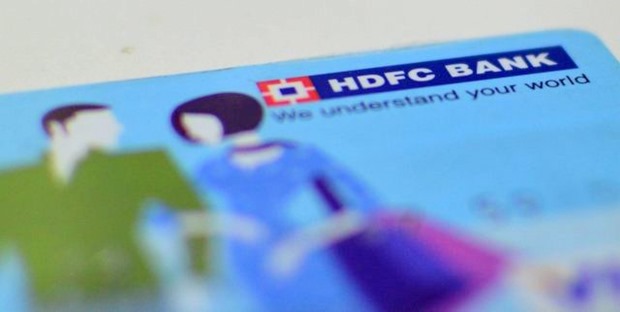
In the present times, the Unified Payment Interface (UPI) ecosystem is expanding, especially due to its ease in interfacing for customers. With this, we recently covered an article letting you know that with such grand success of this platform, the India govt is planning to initiate process wherein UPI can be used overseas too, for transactions. Credit cards have regressively been replaced.
In extension to this, India’s very own UPI has achieved the double milestone of one billion transactions as well as has crossed 100 million users in October. More and more people are adapting to this mode of payment.
However, with every mode of financial transaction, comes a risk of fraud, losing money to fraudster parties. Truth be told, UPI fraud cases seem to be increasing. To combat this, HDFC Bank has issued a notice recently to customers, wherein it has revealed how fraudsters conduct unauthorized access to one’s mobile phone and the precautions needed.
UPI Frauds
Keeping in mind the increasing number of UPI thefts, HDFC bank thought of releasing a notice for customers, which listed the modus operandi used by fraudsters to successfully make unauthorized access to one’s mobile phone, followed by the precautions that one can take up to avoid such problems.
Downloading a Third Party App
- Fraudsters have reliable sources ‘of conveniently getting hold of your number, calling you later posing as a representative of a bank or any other financial institution.
- They can tell you that a certain amount of money needs to be transferred to your bank account or credit card.
- Not just this, if say you’ve registered a complaint with your telecom operator, these fraudsters will apply the same technique in this scenario too.
- Posing as any of the two officials above, these fraudsters can ask you to download an app, which gives remote access to your mobile phone to carry out fraudulent transactions via UPI using the AnyDesk, Team Viewer or any other third party App.
- After the download is complete, they’ll ask you to share the OTP, granting access to your device.
UPI’s ‘Collect Request’ Feature
- If you are a familiar user of UPI mode, you must be aware that in order to send money to someone, you must know their VPA or other details.
- However, if someone initiates a ‘Collect Request’, you can send money to them even without knowing their VPA. This is the pain point used by fraudsters to receive your funds.
- If one unknowingly ‘Confirms’ such Collect Request from a fraudster, the account will be debited immediately.
How to Prevent Such UPI Frauds?
To avoid a UPI fraud, there are a few important things to keep a note of.
- Make sure and be aware of who might be the person behind that phone call, demanding your confidential financial information.
- If you receive any suspicious text message of the similar nature with a link or a phone number from a banking institution, it would be wise to ignore it or visit your nearest bank branch to confirm it.
- Banks, credit card issuers or any financial institutions do not make such calls or send SMS of such nature.
- Also, try not to disclose your phone number especially on social media to avoid any UPI fraud transaction.

Comments are closed, but trackbacks and pingbacks are open.